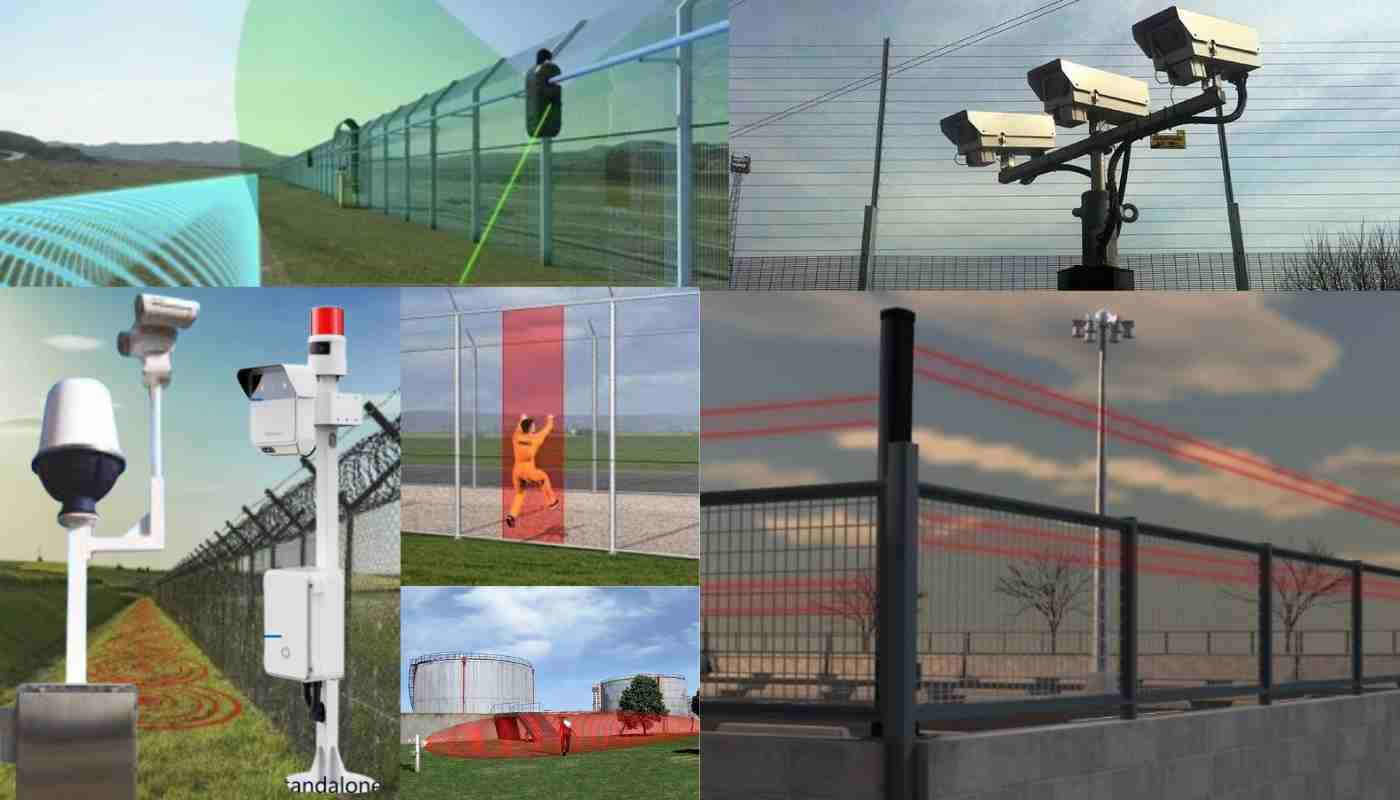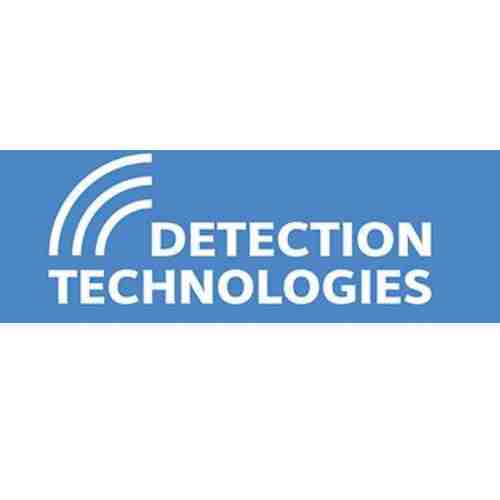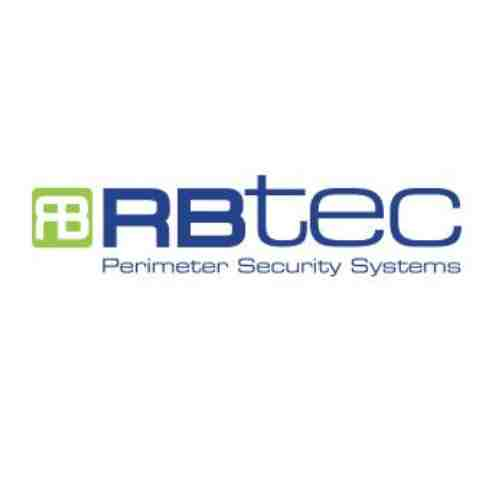Airport Security Perimeter Detection System in France in 2025
France, a nation synonymous with romance, croissants, and breathtaking landscapes, is also a leader in aviation security. With major international airports like Paris-Charles de Gaulle and Nice Côte d’Azur welcoming millions of passengers annually, robust perimeter security measures are paramount. In 2024, we see French airports continuing to innovate and leverage cutting-edge technology to safeguard their critical infrastructure. This article delves into the fascinating world of Airport Perimeter Intrusion Detection Systems (PIDS) in France, exploring the technologies, trends, and future directions that are keeping the skies safe.

The Ever-Evolving Threat Landscape
The landscape of aviation security threats is constantly evolving. From drone incursions to unauthorized ground access attempts, airports in France face a diverse range of challenges. Traditional security measures like fencing and patrols, while essential, require a powerful partner: advanced perimeter security systems. PIDS acts as a virtual shield, detecting and deterring unauthorized intrusions before they escalate into major incidents.
France’s Arsenal of Perimeter Security Technologies
French airports are at the forefront of deploying a multi-layered security approach, utilizing a blend of these powerful technologies:
- Millimeter Wave Radar (MMW): Imagine an invisible security blanket. MMW radars create a field of electromagnetic waves that can penetrate fog, rain, and even light foliage. Any movement within the detection zone triggers an alert, allowing security personnel to investigate potential intruders.
- LiDAR (Light Detection and Ranging): This technology uses laser pulses to create a highly detailed 3D map of the airport perimeter. LiDAR excels at pinpointing the precise location of an intrusion, differentiating between human movement and, say, a small animal crossing the fence line.
- CCTV Surveillance: The watchful eye of cameras remains a cornerstone of airport security. Modern CCTV systems in France often integrate Intelligent Video Analytics (IVA), which uses algorithms to automatically detect suspicious activity, reducing the burden on security personnel and enabling faster response times.
- Facial Recognition: While its use requires careful consideration regarding privacy regulations, facial recognition can be a powerful tool for identifying known threats or individuals attempting unauthorized access.
- Drone Detection: The rise of drone technology has necessitated countermeasures. French airports are increasingly deploying drone detection systems that can identify and track unauthorized drones, preventing them from disrupting operations or posing a safety hazard.
Security Fence Sensors: These can be fiber optic cables or seismic sensors embedded in the perimeter fence. Any attempt to cut through, climb over, or tunnel under the fence triggers an immediate alert.
Perimeter Security AI: Artificial intelligence is rapidly transforming the security landscape. Advanced AI algorithms can analyze data from various sensors in real-time, correlating events and identifying patterns that might indicate a coordinated intrusion attempt.
Integration is Key
The true power of these technologies lies in their ability to work together seamlessly. Integrated Security Solutions combine data from PIDS, CCTV, access control systems, and other sources into a centralized platform. This holistic view allows security personnel to make informed decisions quickly and efficiently.
The Achilles’ Heel of PIDS?
One of the biggest challenges for PIDS is false alarm reduction. External environmental factors like windblown debris or small animals can trigger alerts, leading to wasted resources and unnecessary security procedures. French security companies are constantly innovating and refining their PIDS solutions to minimize false alarms, ensuring a balance between sensitivity and reliability.
Protecting the Protectors
As with any security system, cybersecurity is paramount. French airports are taking robust measures to safeguard their PIDS from cyberattacks that could compromise their effectiveness. Regular security audits, data encryption, and secure network configurations are crucial for maintaining system integrity.
A Proactive Approach
French airport authorities understand that security is not a one-time fix, but an ongoing process. Security Risk Management involves a proactive approach that continuously evaluates vulnerabilities and implements mitigation strategies. Regular security assessments, penetration testing, and staff training are essential components of this approach.
The Future of French Airport Security
Looking ahead, we can expect to see continued innovation in French airport security. Here are some exciting possibilities:
- Integration with biometrics: Fingerprint scanners and iris recognition could become more commonplace for authorized personnel access control.
- Advanced video analytics: AI-powered video analytics will continue to evolve, becoming even more adept at identifying suspicious behavior and objects.
- Perimeter hardening: Enhanced fencing materials and advanced sensor integration will further fortify airport perimeters.
FAQs
What are the main technologies used in French airport perimeter security?
French airports utilize a layered approach, including Millimeter Wave Radar for invisible detection, LiDAR for precise location, CCTV with video analytics for automated monitoring, and drone detection systems for airspace protection.
How do French airports deal with false alarms from PIDS?
French security companies are constantly refining their PIDS to minimize false alarms caused by environmental factors. They achieve this through advanced algorithms and sensor integration that can differentiate human intrusion from windblown debris or small animals.
What's the future of airport security perimeter detection in France?
French innovation is likely to see increased use of biometrics for access control, even more sophisticated video analytics powered by AI, and the further hardening of airport perimeters with advanced fencing and sensor integration.








